Porsche 718 Cayman Base Model|How’s the Ride Without PASM on 18-Inch Wheels?
公開日:2020.03.20
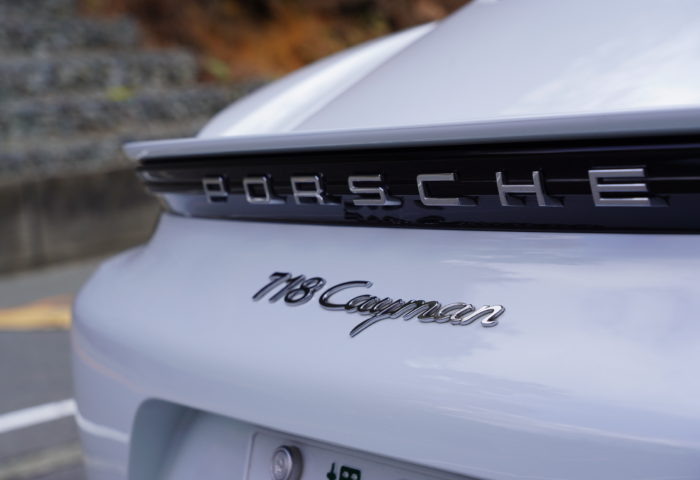
The other day, I wrote an article titled “Spent a Day with the 718 Cayman. Is the Base Cayman Really Worth Buying?”, and today I’d like to share the follow-up.
718 Cayman Test Drive
How’s the Ride Without PASM Suspension?
I’ve previously written an article about whether the PASM option is necessary. This particular 718 Cayman didn’t have PASM, but my husband said:
I definitely don’t think the ride quality is bad. This time it had 18-inch wheels, so maybe that influenced my impression. On rough pavement, it does sway a bit, but there’s absolutely no lingering vibration that feels unpleasant—no discomfort at all. The overall feel is nimble, yet it has a solid road grip, making it very easy to drive smoothly even in the city. Compared to a PASM-equipped model, the smoothness at higher speeds is a bit different. But if you didn’t know, most people probably wouldn’t be able to tell whether PASM is on or off. That’s how subtle the difference is.
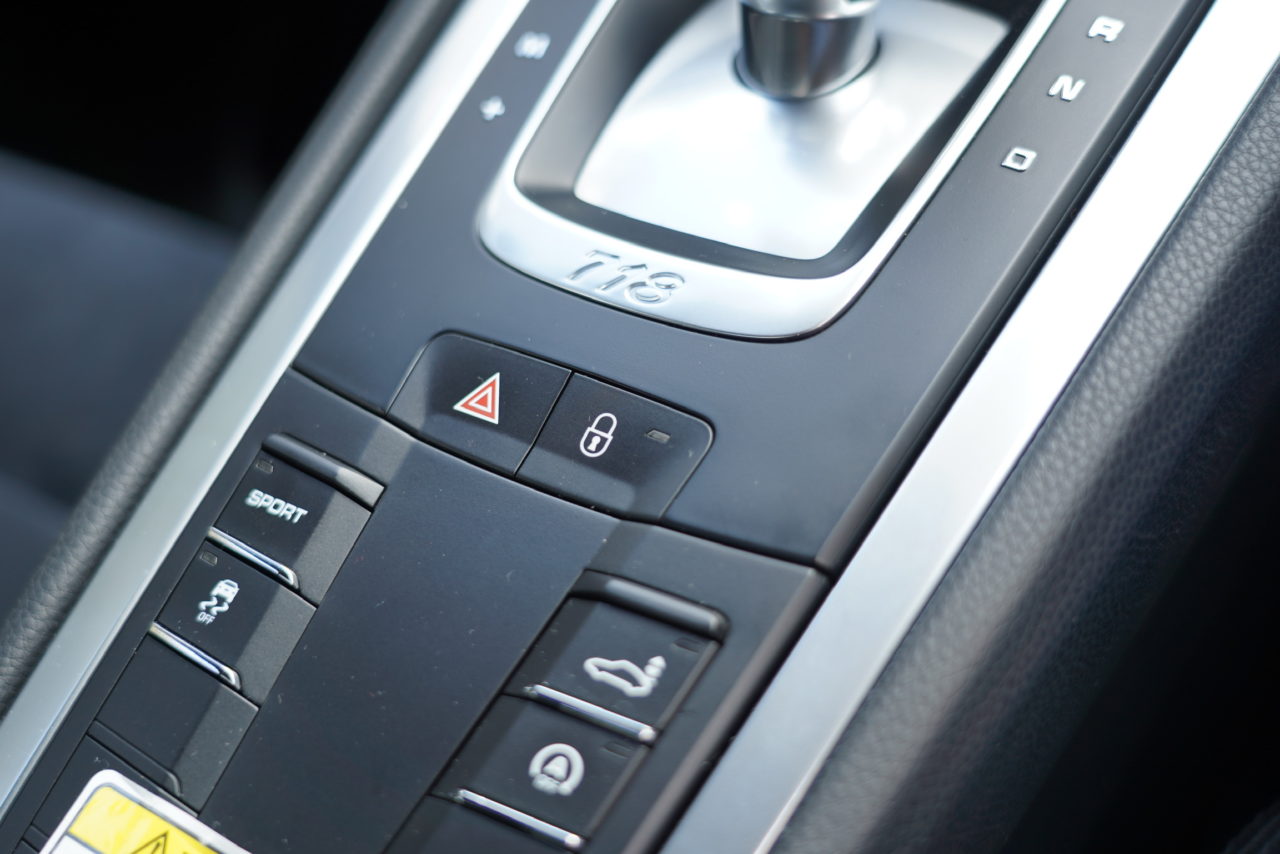
He also compared it to the BMW M2 Competition:
They’re often compared since they’re in almost the same price range, but after driving the same course I took with the M2 Competition before, I honestly felt the Cayman had better road grip and stability. Especially the rear stability felt noticeably different. The chassis performance feels a step above. Porsche really shows with this that they develop their sports car chassis from the ground up. For a base model to be this solid, I have no complaints.
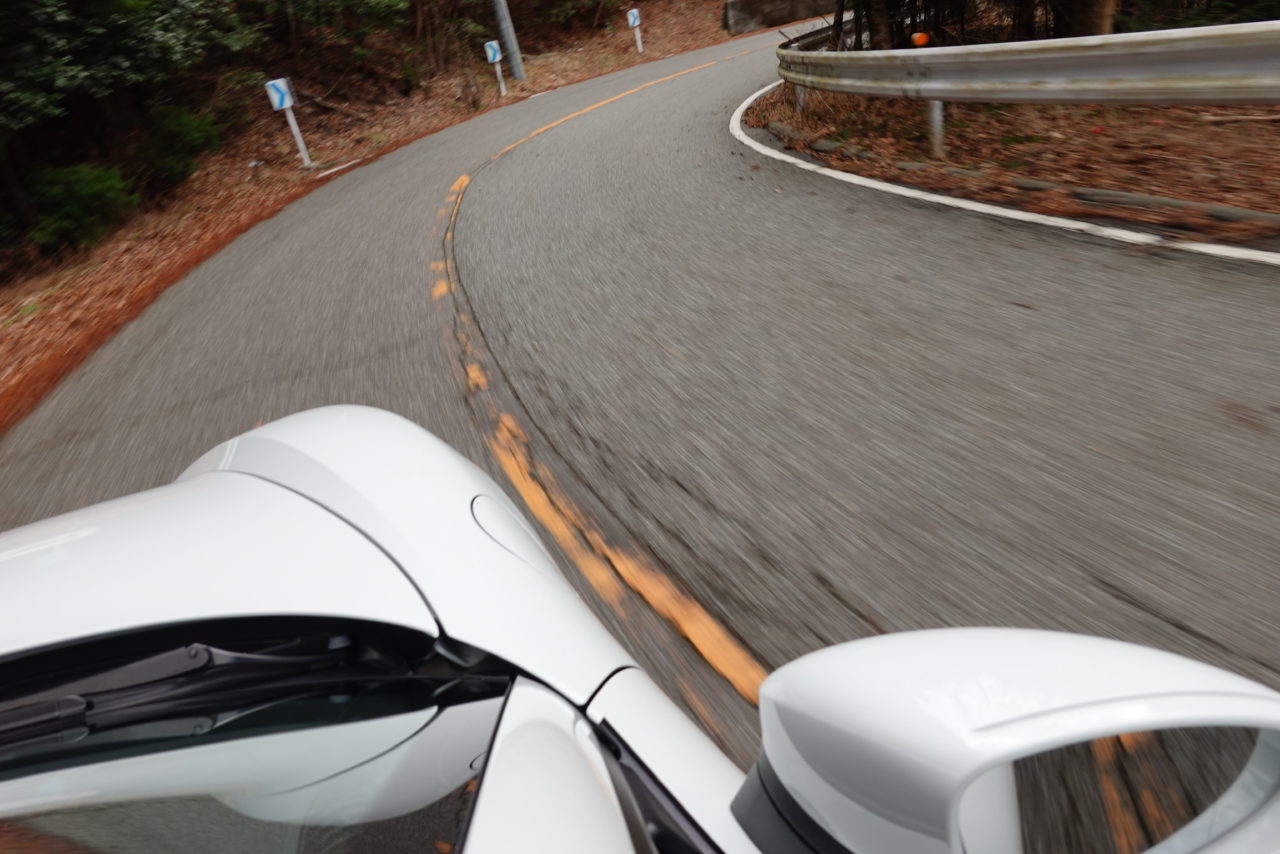
Any Concerns About the Base Cayman?
When I asked, “On the other hand, were there any concerns?” he said:
Honestly, when driving on typical Japanese roads, there’s hardly anything to worry about. If I had to pick something, it would be a slight lack of torque at very low speeds in Normal mode. For example, when starting from a stoplight and wanting to accelerate quickly, there can be a tiny delay, like a brief pause. But this isn’t unique to the base model; I felt the same with the GTS. On the other hand, if you switch to Sport mode, you hardly notice this drawback. In Sport mode, the idle revs rise to around 1000rpm, and the turbo boost is ready quickly as the engine stays on standby. In this state, that torque dip is barely noticeable. So, I’d recommend always driving the 718 in Sport mode. That way, you can really enjoy the Porsche character to the fullest.
Differences Compared to the 981?
I also asked about the differences between the 718 and the 981:
As I’ve written in other articles before, the 718 feels firmer and more solid in its suspension. If the 981 is soft, the 718 is rigid. So, if you compare lap times on a circuit, the 718 is definitely faster. Meanwhile, the 981 feels smooth and supple. After driving the 718, getting back into my 981 Boxster GTS made its suspension feel quite soft. To put it another way, the 718 feels digital, while the 981 feels analog. The 718 responds clearly and sharply—like zero or one—to driver inputs in both suspension and engine, whereas the 981 gives feedback with more nuanced intermediate values.
I see…
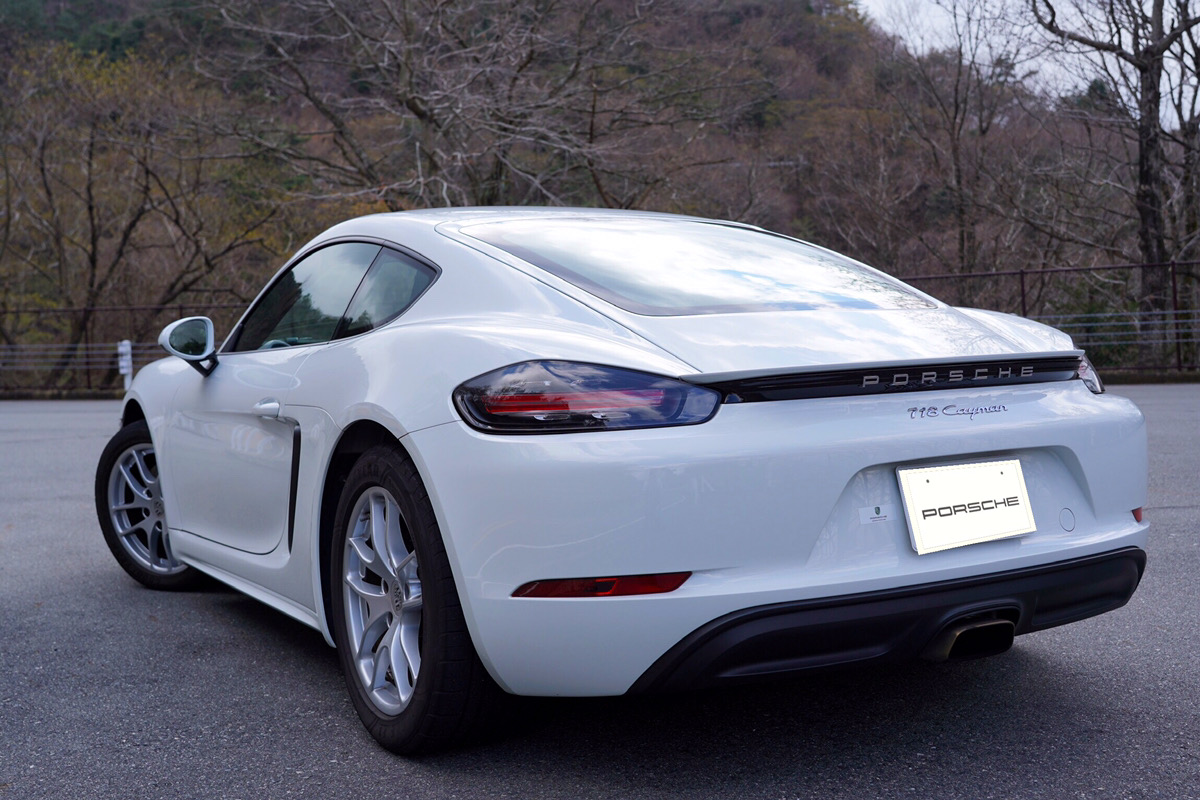
Another difference is definitely the engine and exhaust sound. They’re completely different—almost nothing alike. This car has the standard exhaust, but it still sounds quite powerful. The 718’s 4-cylinder turbo engine has a manly, deep bass tone, while the 981 has a higher-pitched, melodic sound as its base.
That’s true… Of course, engine sound preferences vary by person, but I felt, “The naturally aspirated 981’s sound really touches the senses and moves you emotionally, sometimes to tears, but the 718’s sound is different from that.”
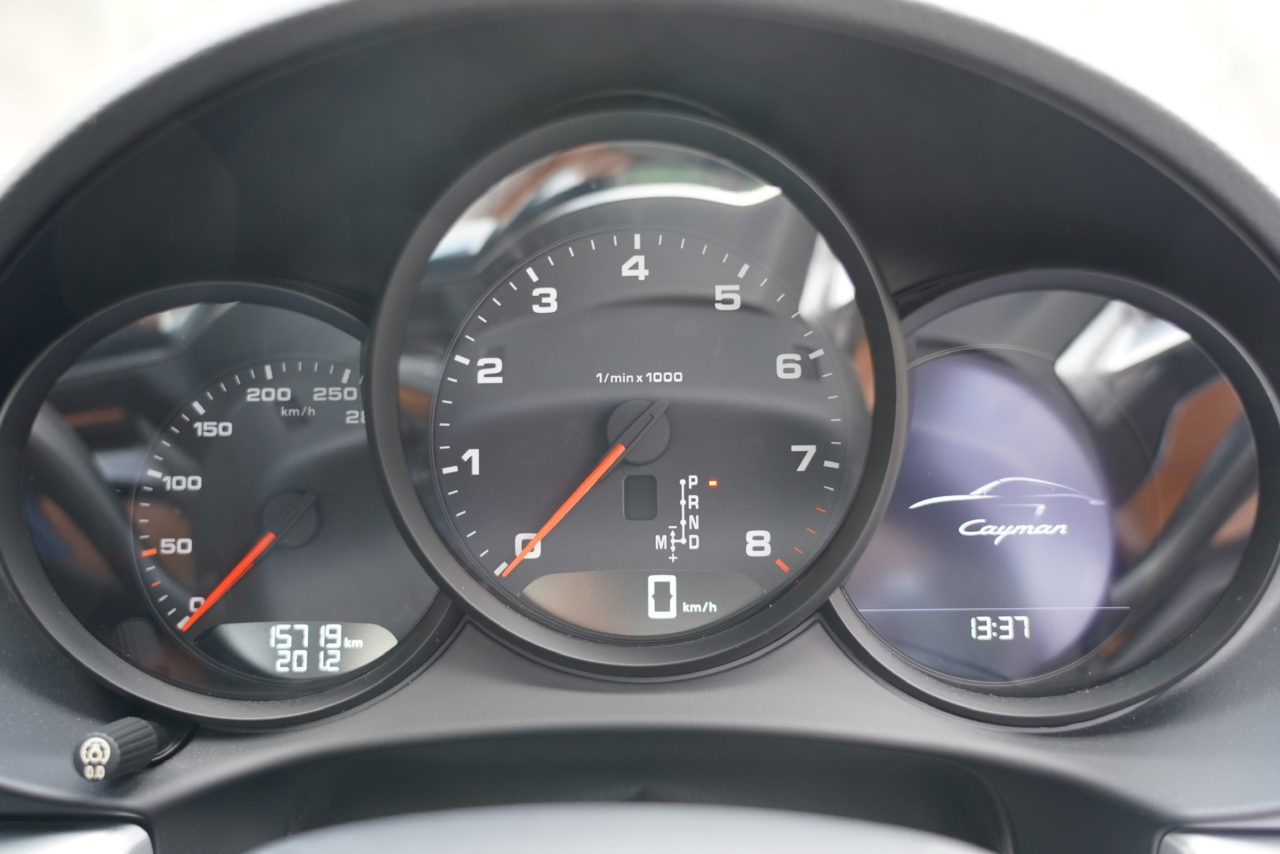
For Those Still Undecided
Finally, I’d like to share the following words my husband wrote:
If you’re worried about buying the base model and wondering, “Is it really okay not to get the S or GTS?” please check the following points again:
1. You believe power is everything, and power is justice.
2. The hierarchy of grades matters—you don’t want to be side-by-side at a stoplight with a higher-grade model.
3. Looks matter more than what’s under the hood. Bigger wheels are a must. You absolutely want red brake calipers.
If you strongly care about these, then definitely go for the S or GTS.
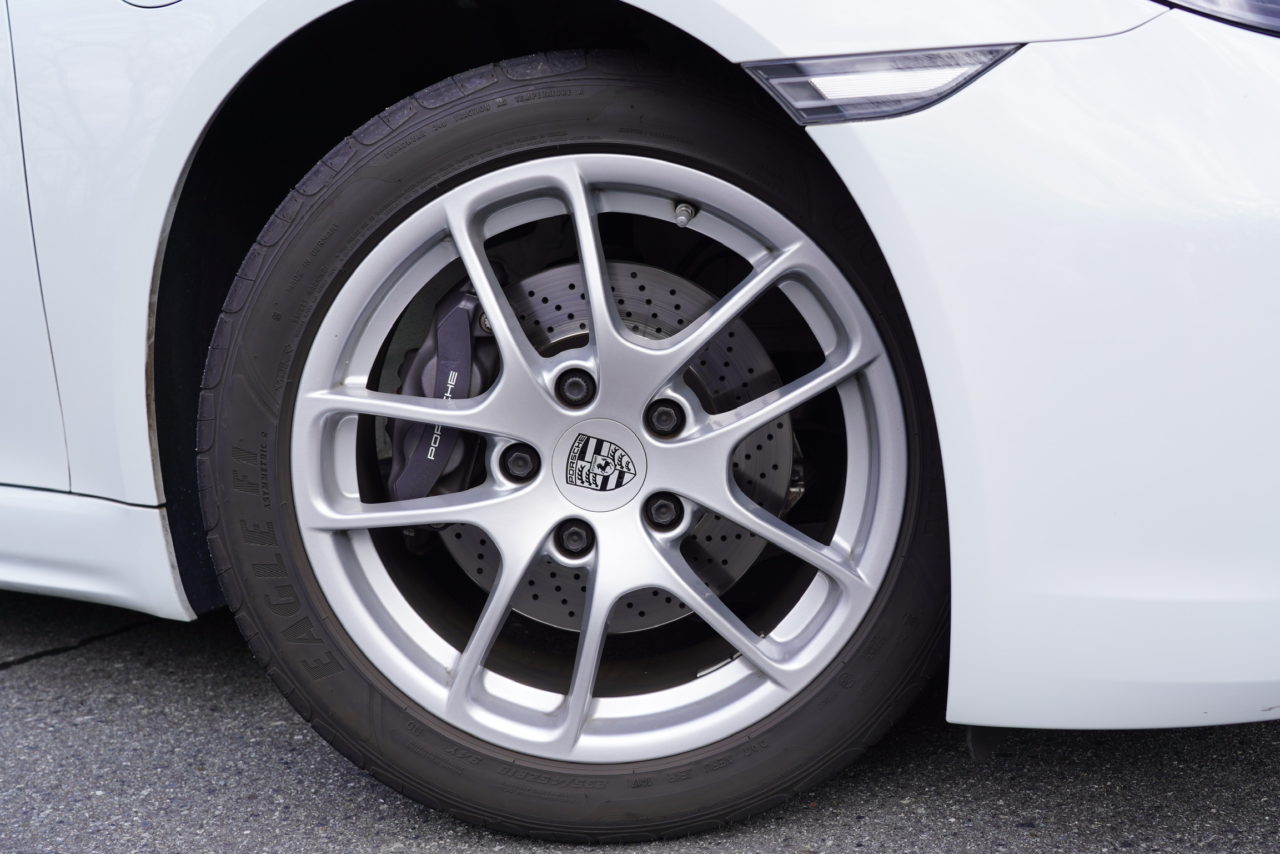
On the other hand, if you don’t care about these things, I think you can confidently choose the base grade. You probably won’t regret not getting the S later, and even after comparing with the S, you likely won’t feel the price difference matches the performance gap.
Just recently, I drove the same tight, twisty mountain roads where this Cayman was tested, but in a 991.2 Carrera GTS. Honestly, I enjoyed the Cayman more. The Carrera GTS has so much power that second gear was almost always enough, so I didn’t get to enjoy shifting up and down or revving the engine. On many narrow Japanese winding roads, the Cayman clearly has the edge. On the other hand, on wide, fast rural roads, a more powerful car might be more fun.
By the way, a friend of mine (who values hierarchy first and foremost, and loves looks and power) once owned a base 718 Boxster but later upgraded to the 718 Boxster GTS. Recently, he said:
“The GTS is luxurious and fast, which is great, but the base Boxster was well-balanced and easy to drive. Only after upgrading did I realize how good the base model was.”
That’s just his personal opinion, but I hope it’s helpful.
Actually, I’ve also decided on my next car to replace the Panamera Turbo, and it’s not a Turbo, S, or GTS, but the base grade. I’ll share more about that in a future blog post.
…That’s right, the next car is finally decided and the deposit has been paid! (It sounds like I paid it, but actually it was my husband…) I’ll write an article about this soon. Stay tuned!
このブログが気に入ったらフォローしてね!


Comment ( 0 )
Trackbacks are closed.
No comments yet.